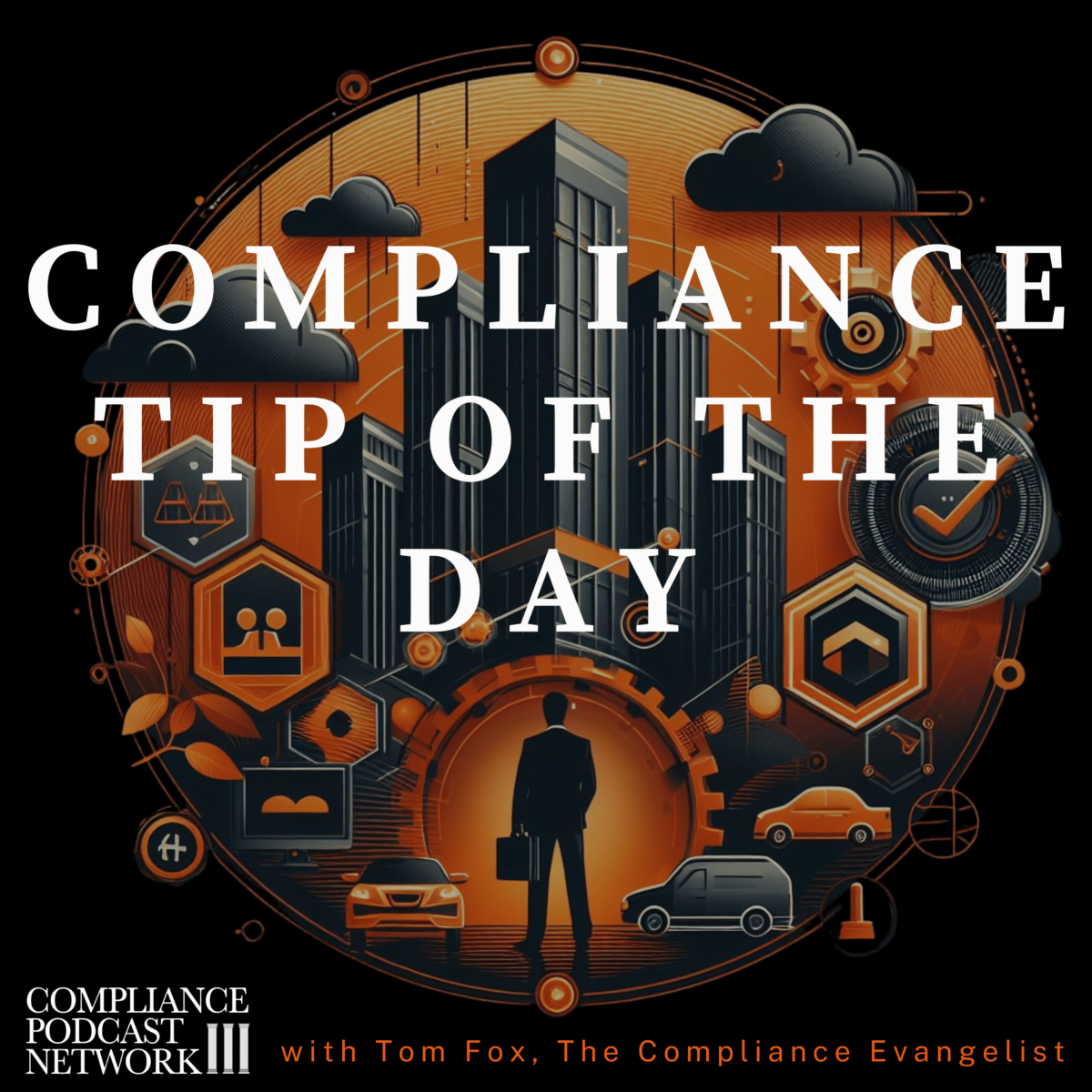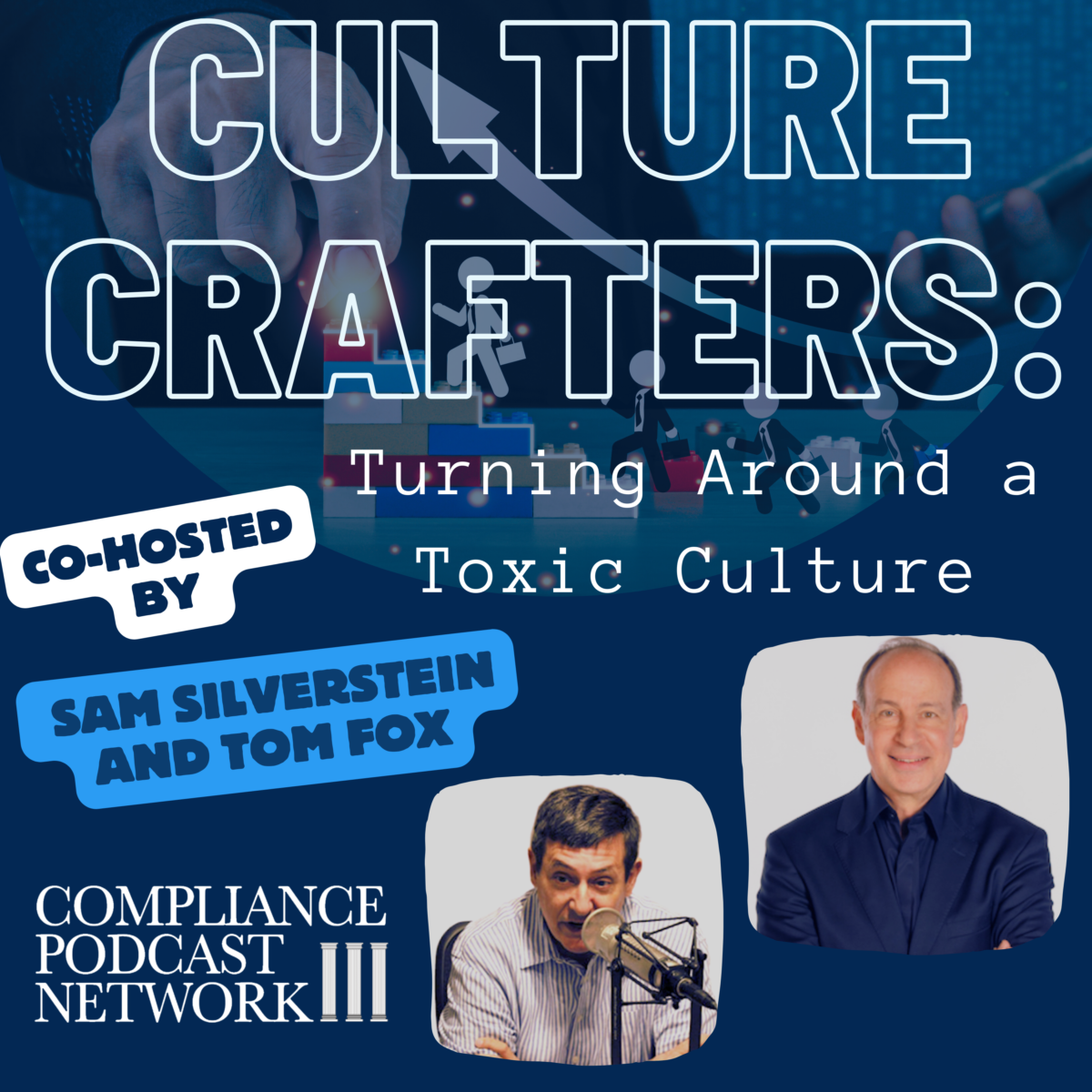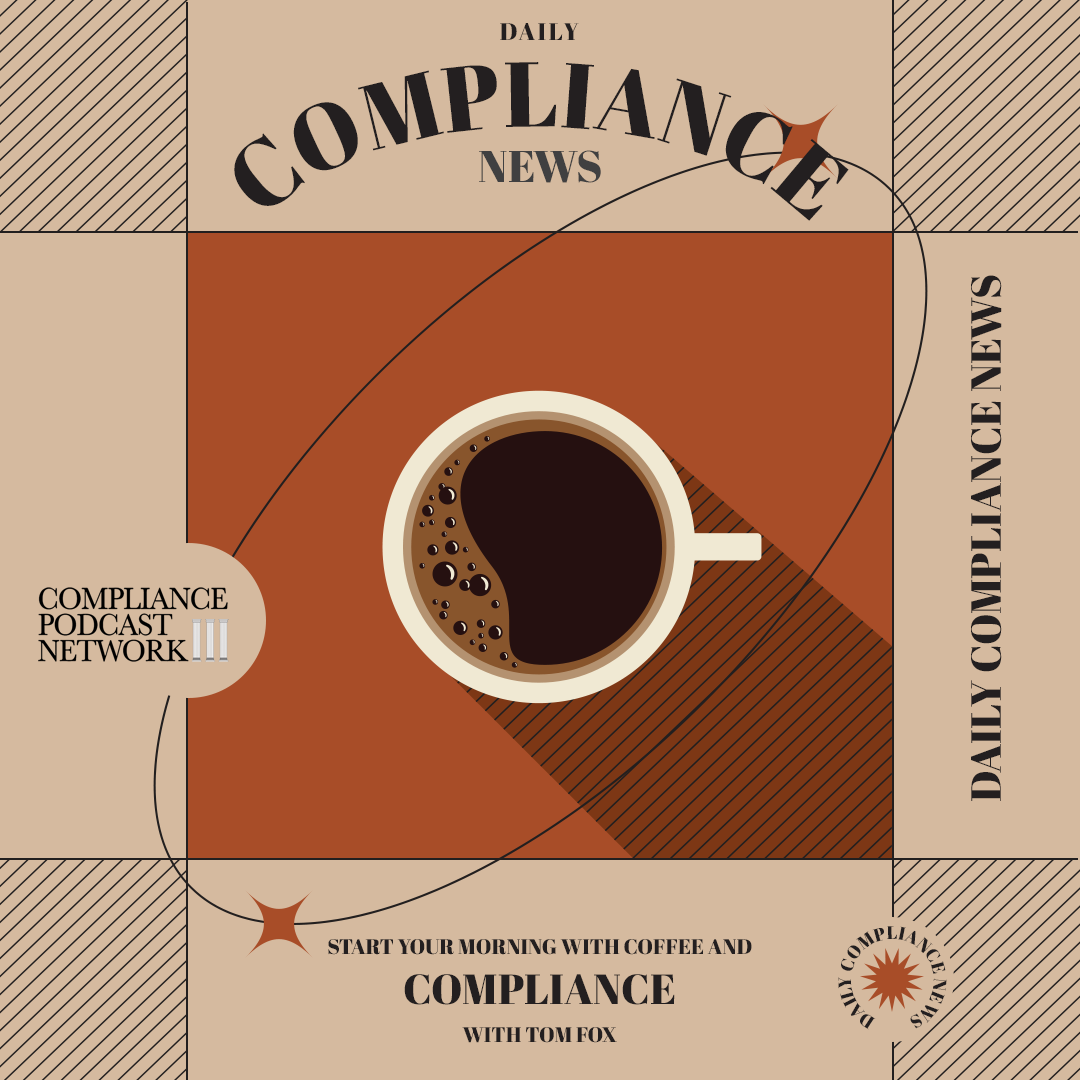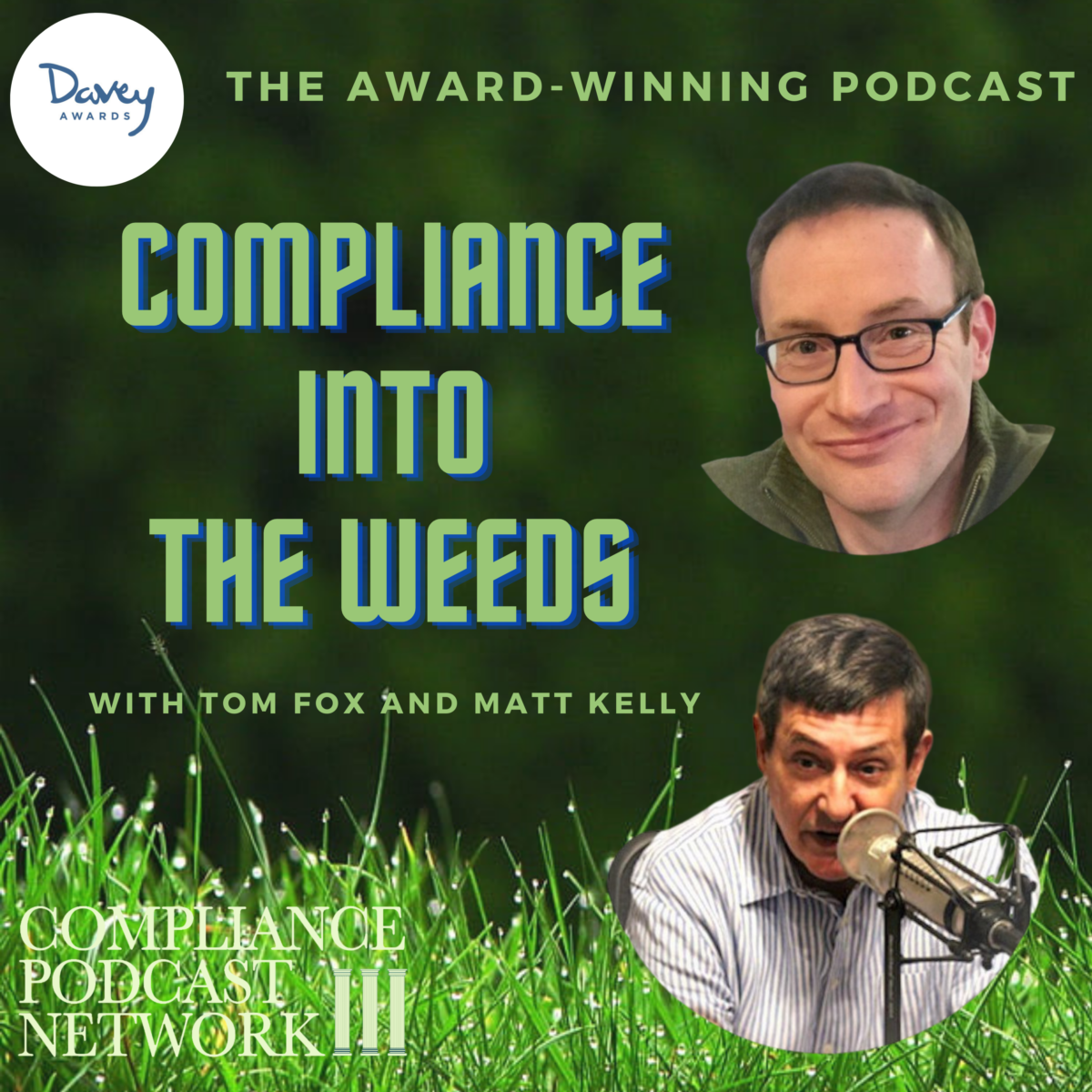Boeing is not the first company to find itself amid a massive scandal. You can think of Siemens’ bribery and corruption scandal, the VW emissions-testing scandal, the Wells Fargo fraudulent accounts scandal, or any other myriad of corporate scandals where culture failed and created a toxic culture. The question for any organization in such a situation is how to transform its culture. Currently running on the Culture Crafters podcast on the Compliance Podcast Network is a 5–part of podcast series with myself and Sam Silverstein, the most trusted voice in America on accountability. (The Culture Audit™ is the sponsor of this blog post series.)
Over this companion, 5-part blog post series, we look at how a company in the depths of such a toxic culture can begin to make a culture comeback by planning and taking concrete steps to turn around and rebuild its culture. In Part 3, we consider assessing change through The Culture Audit™ as a starting point for culture transformation.
The Culture Audit™ plays a pivotal role in culture transformation. It serves as a structured framework for assessing key cultural aspects, providing a comprehensive analysis of strengths and areas needing improvement. By leveraging this assessment tool, organizations can gain valuable insights into their cultural landscape, paving the way for informed decision-making and targeted interventions to drive positive change. The Culture Audit™ is not just about knowing the existing culture, but about providing actionable insights and an action plan for organizations to implement changes and enhance their culture effectively. Its true transformative potential lies in its ability to catalyze meaningful cultural shifts by pinpointing areas of alignment and discord within an organization.
The Culture Audit™ provides organizations with a clear roadmap for culture transformation. The emphasis on anonymity within the audit process lets employees express their perceptions candidly, fostering a culture of openness and transparency. By providing a platform where individuals can share their feedback without fear of retribution, organizations can obtain honest and valuable insights to understand the actual state of their culture.
The Culture Audit™ stands out from traditional assessment strategies due to its unique features. It offers ease, speed, accuracy, and anonymity, making it a cost-effective and efficient tool for organizations striving to enhance their culture. Its ability to support multiple languages ensures accurate and in-depth insights from diverse workforce populations, further setting it apart from other tools.
The Culture Audit™ measures various aspects of a company’s culture, including compliance practices, hiring processes, and employee engagement. It generates a comprehensive report highlighting gaps and providing actionable improvement steps. The tool mainly benefits global organizations as it supports international language communication.
One key feature of The Culture Audit™ is its emphasis on auditability and transparency. In the event of a regulator’s inquiry, the tool provides a detailed report that can be shared to demonstrate the company’s commitment to assessing and improving its culture. The Culture Audit™ goes beyond basic measures of engagement and assesses accountability and decision-making processes, providing a comprehensive view of an organization’s culture. The raw data collected during The Culture Audit™ is also retained for future reference, allowing organizations to track their progress over time.
The Culture Audit™ brings significant benefits to organizations. It not only identifies areas for improvement but also provides actionable insights. The audit report includes a detailed action plan that guides organizations on specific areas to focus on and steps to take for improvement. As Silverstein emphasized, by continuously reinforcing positive aspects of their culture, organizations can prevent a decline over time. This continuous improvement approach is crucial for all companies, whether they are underperforming or reinforcing what they are already good at.
In conclusion, The Culture Audit™ provides organizations with a powerful tool to assess and improve their corporate culture. By measuring various aspects of culture, providing actionable insights, and emphasizing auditability and transparency, The Culture Audit™ helps organizations create a positive and productive workplace environment. With regulators’ increasing focus on corporate culture, The Culture Audit™ can also help companies demonstrate their commitment to ethical behavior and compliance. By utilizing this tool, organizations can drive better leadership, improve employee engagement, and ultimately enhance their bottom line.














